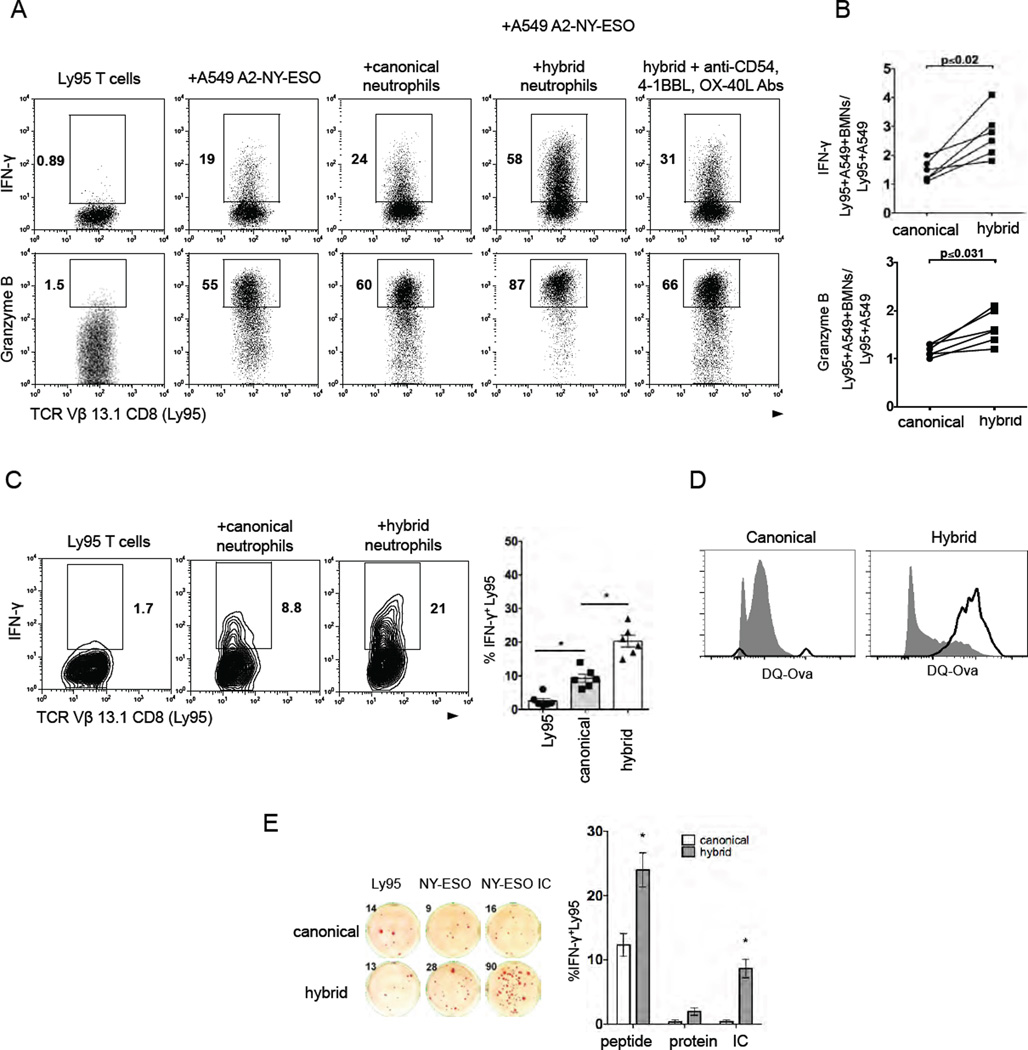Figure 7. APC-like hybrid neutrophils are able to trigger and stimulate NY-ESO specific effector T cell responses.
(A) NY-ESO-specific Ly95 cells (TCR Vβ13.1+CD8+) were stimulated with A549 tumor cell line expressing NY-ESO-1 in the context of HLA-A*02 (A2/NY-ESO-1 A549) in the presence of BM-derived canonical and hybrid neutrophils. Intracellular IFN-γ and Granzyme B production was measured by flow cytometry.
(B) Cumulative results showing the Ly95 cell stimulatory activity of canonical and hybrid neutrophils. Stimulatory activity was defined as a ratio (Ly95 cells+A549-NY-ESO+BMN)/(Ly95cells+A549-NY-ESO) (n=6,Wilcoxon matched-pairs rank test).
(C) HLA-A02+ canonical or hybrid neutrophils were pulsed with synthetic NY-ESO-1 peptide and co-cultured with Ly95 cells for 24 hr. Intracellular IFN-γ was assessed by flow cytometry, (mean ± SEM, n = 6, *p ≤ 0.01,Wilcoxon matched-pairs rank test).
(D) DQ-OVA uptake and processing by BM-derived canonical or hybrid neutrophils (open histograms). Cells incubated at 4°C served as controls (shaded histograms).
(E) Cross-presentation of NY-ESO-1 epitopes to Ly95 cells by HLA-A02+ canonical or hybrid neutrophils preloaded with NY-ESO-1 protein, NY-ESO-1 peptide or NY-ESO-immune complex (IC). IFN-γ ELISpot (mean ± SEM, n = 6, *p ≤ 0.01 canonical vs. hybrid, Wilcoxon matched-pairs rank test).

